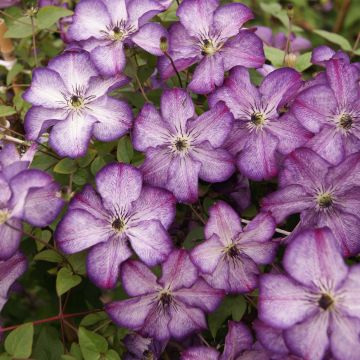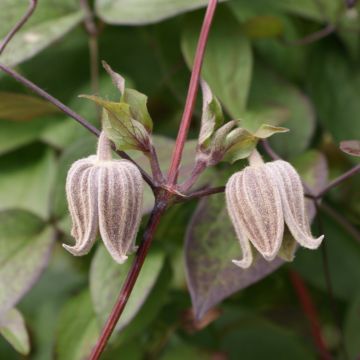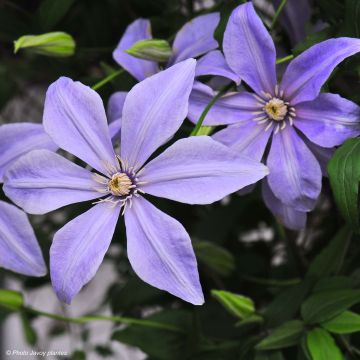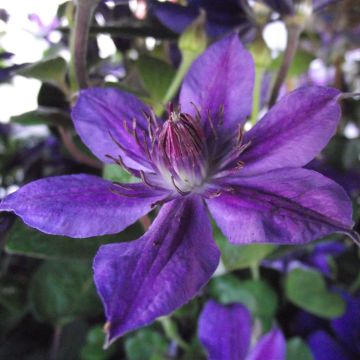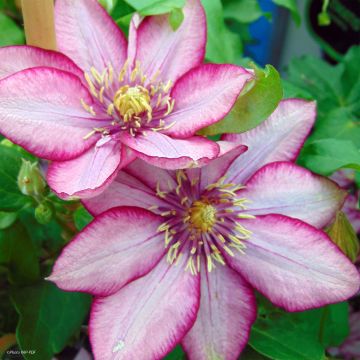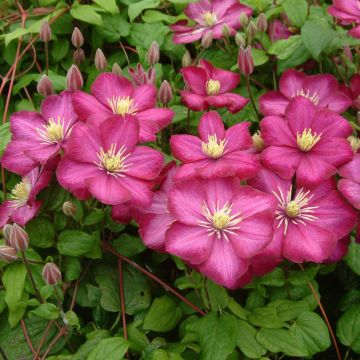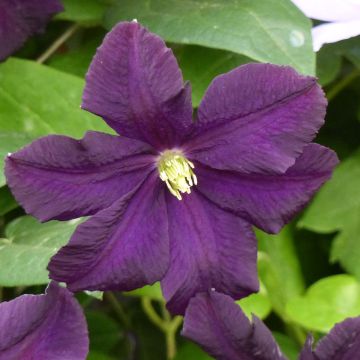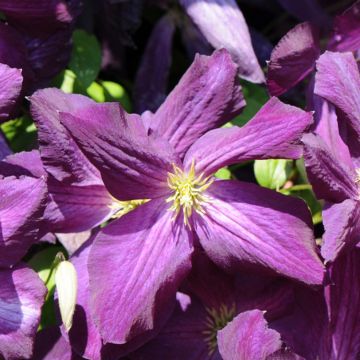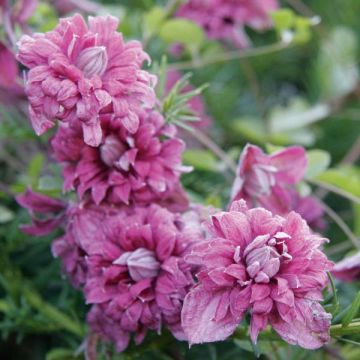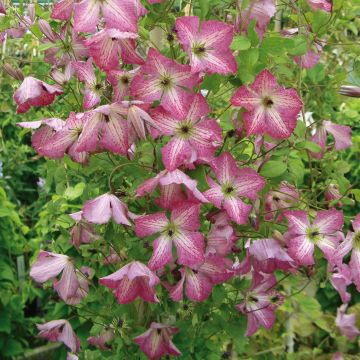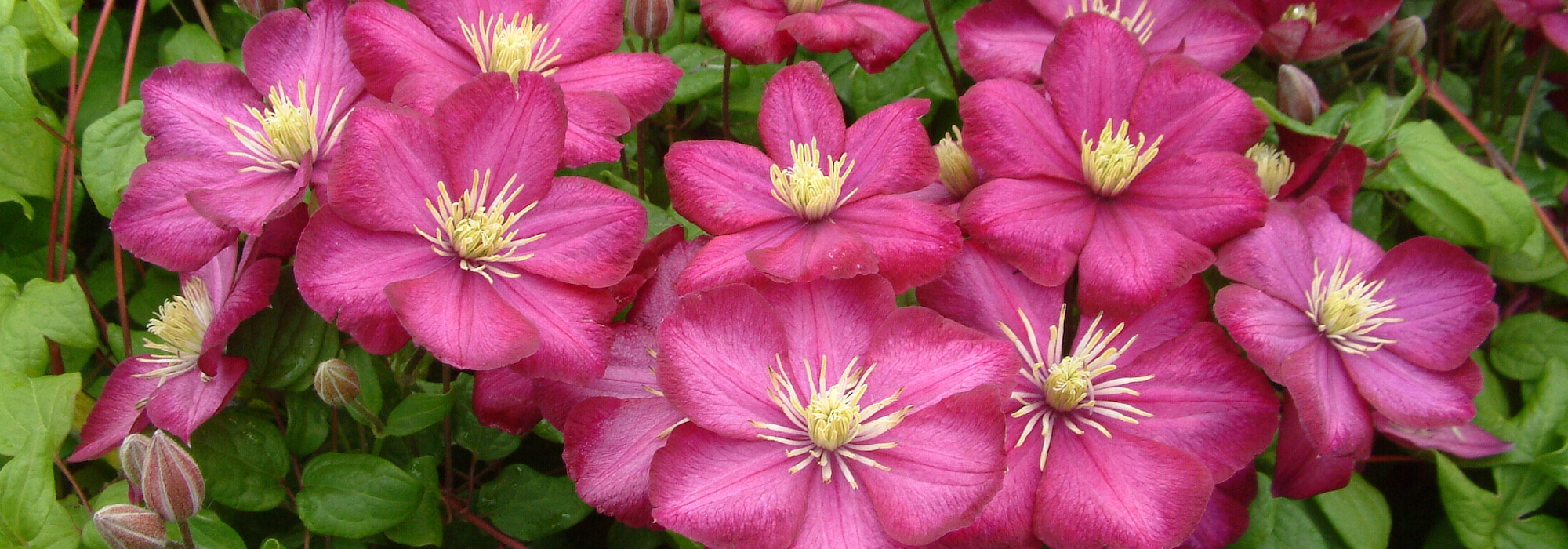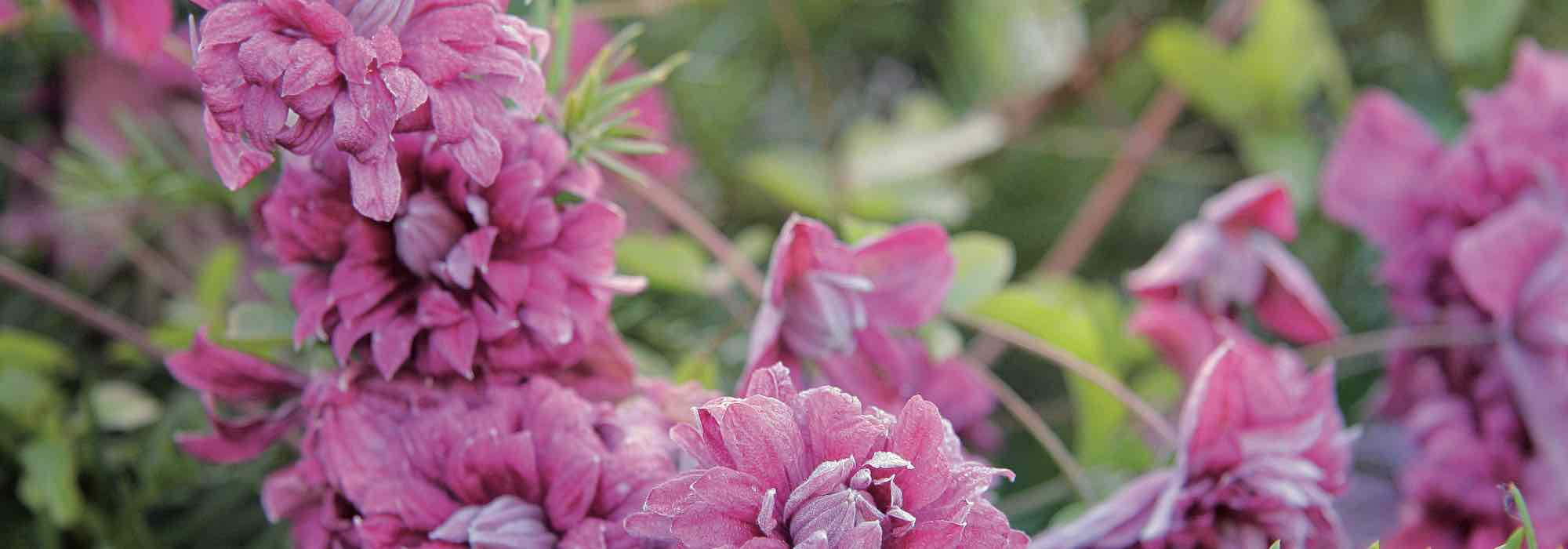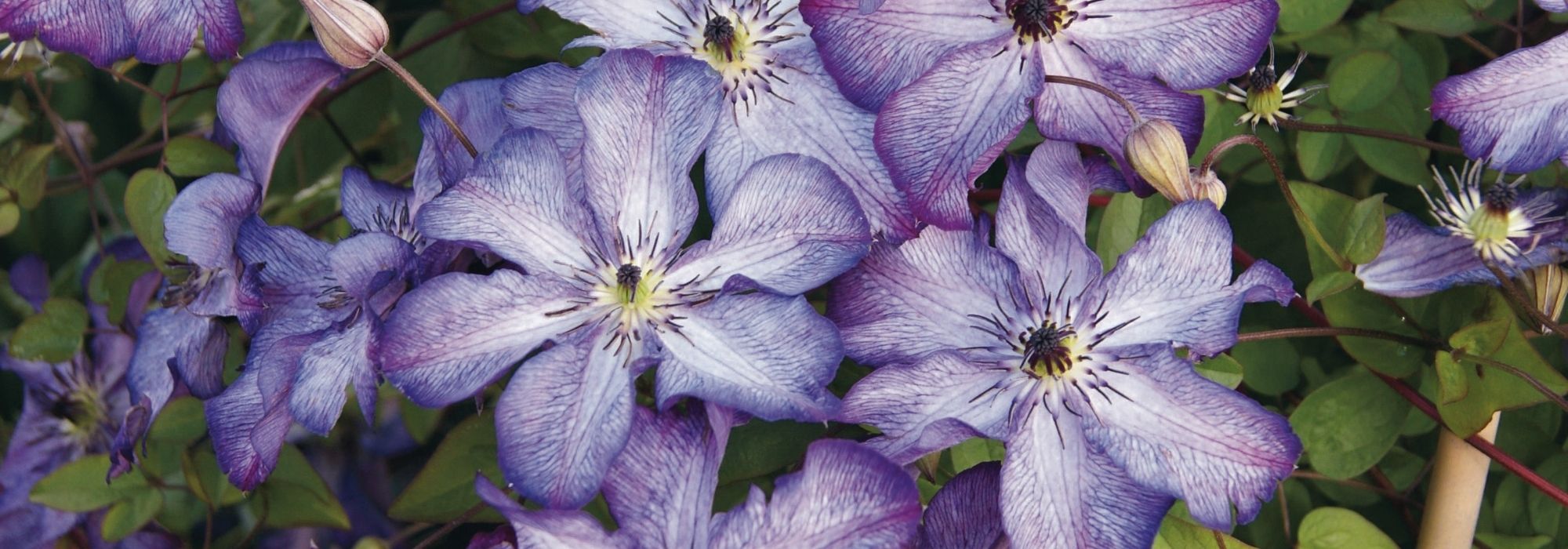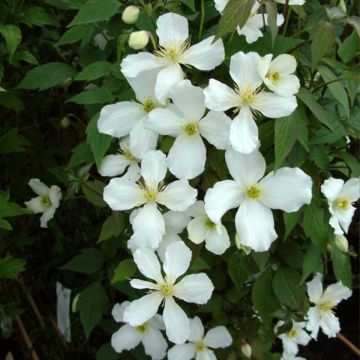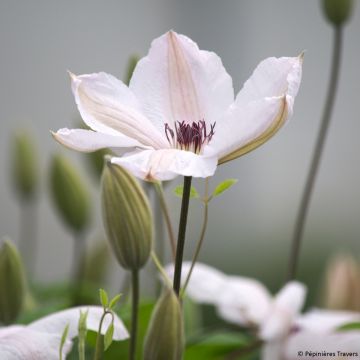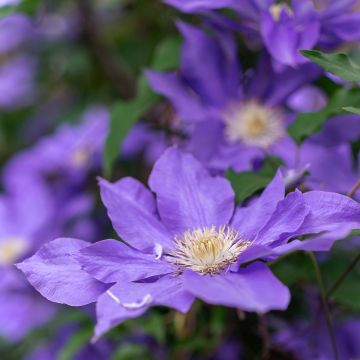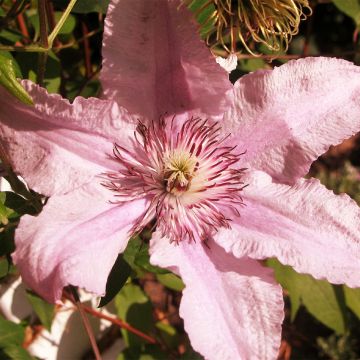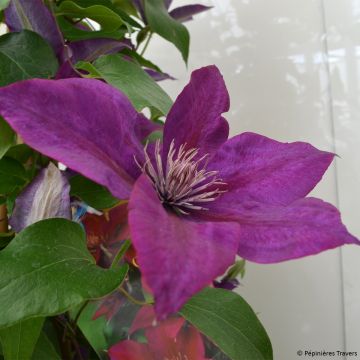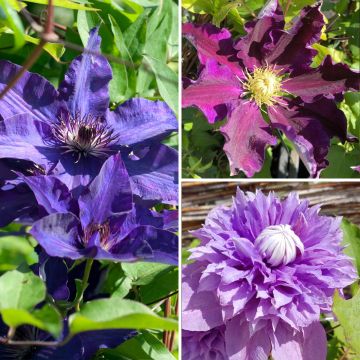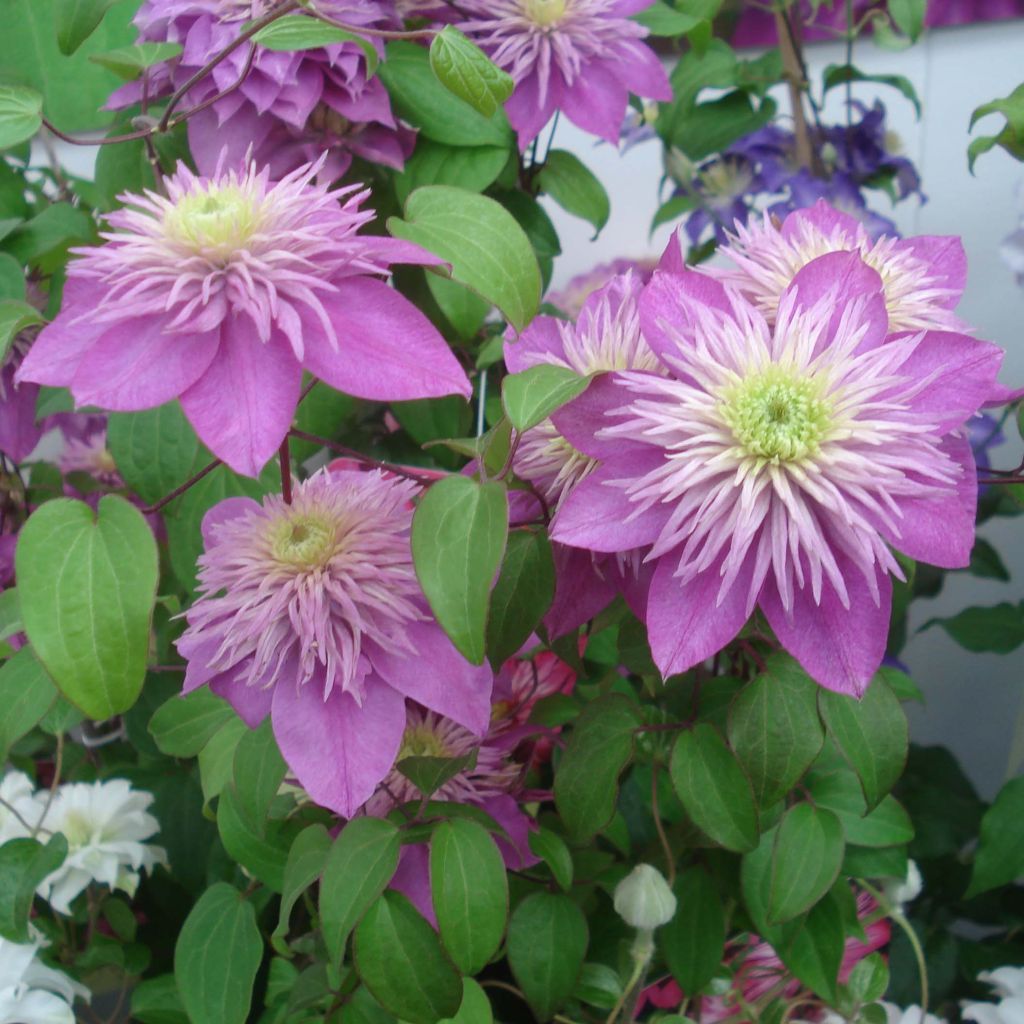

Clematis Kaiser
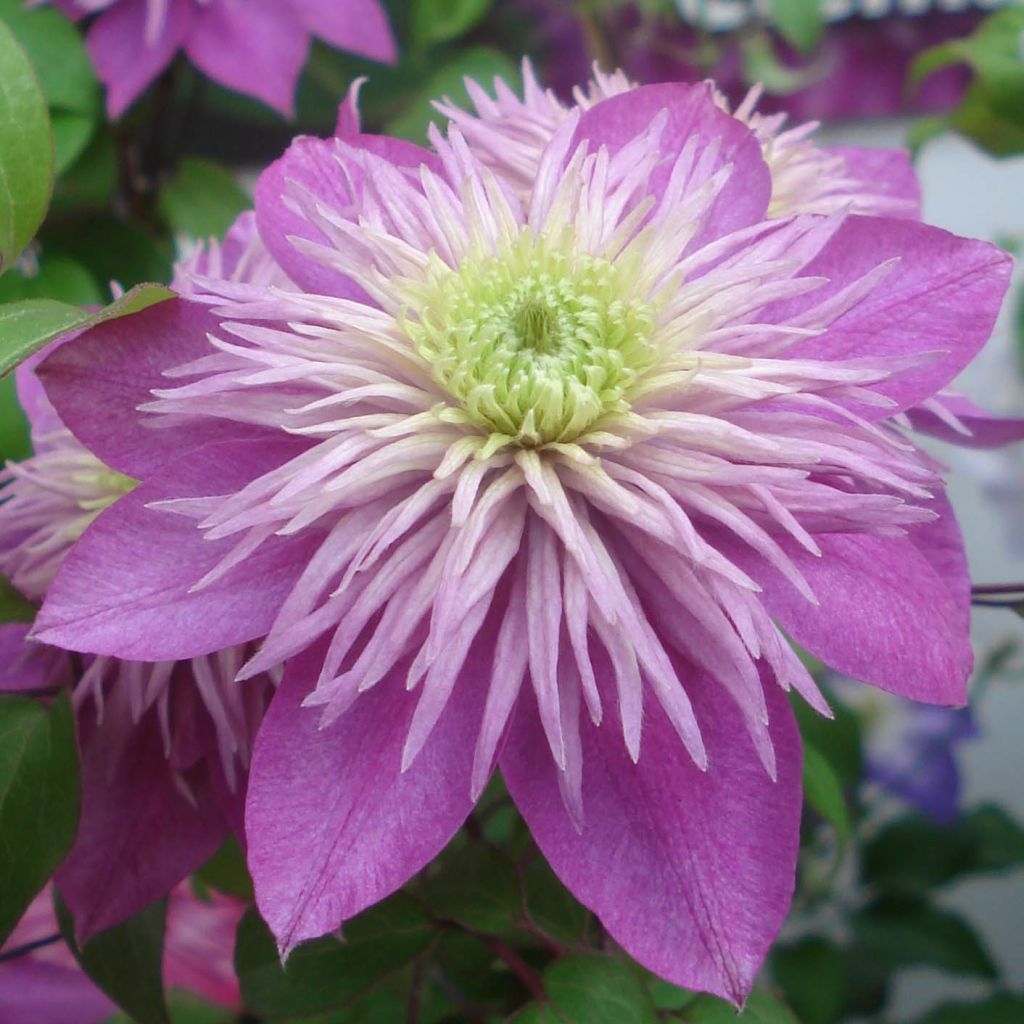

Clematis Kaiser
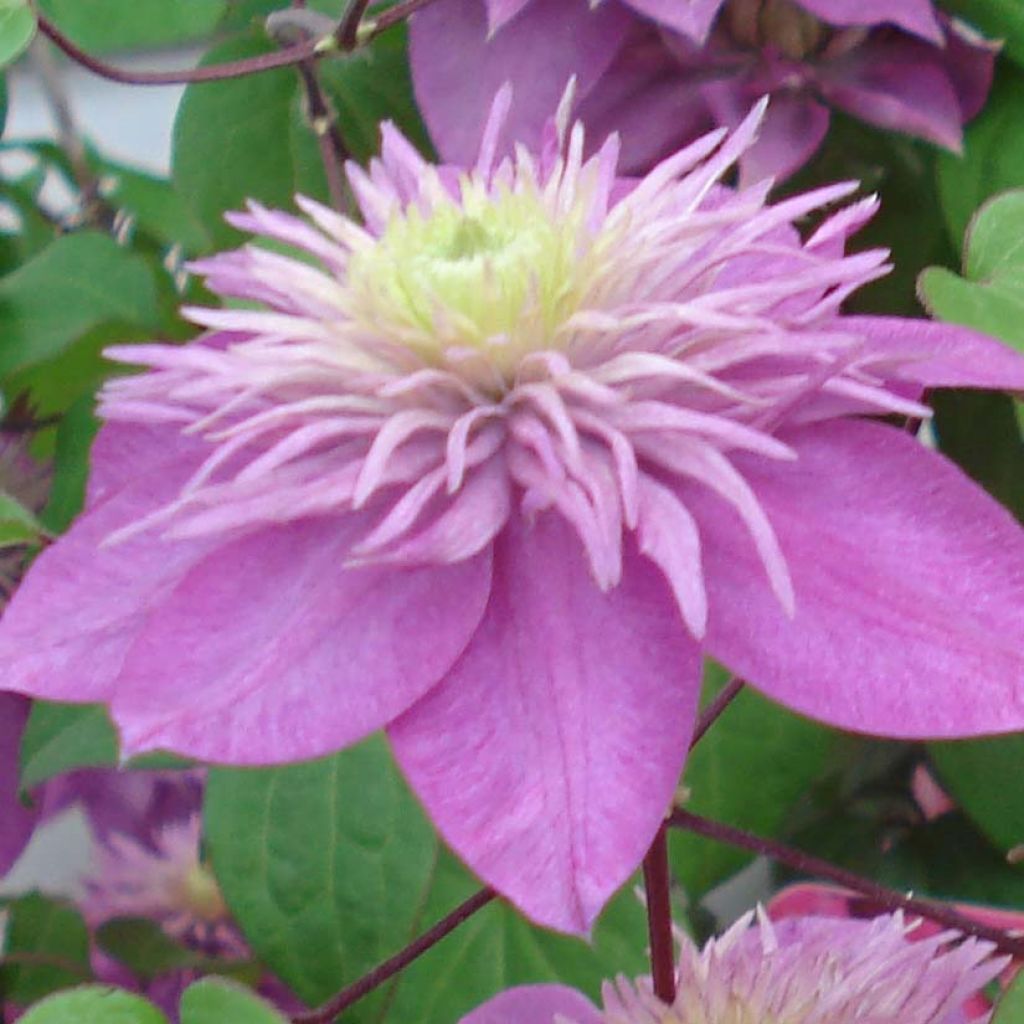

Clematis Kaiser
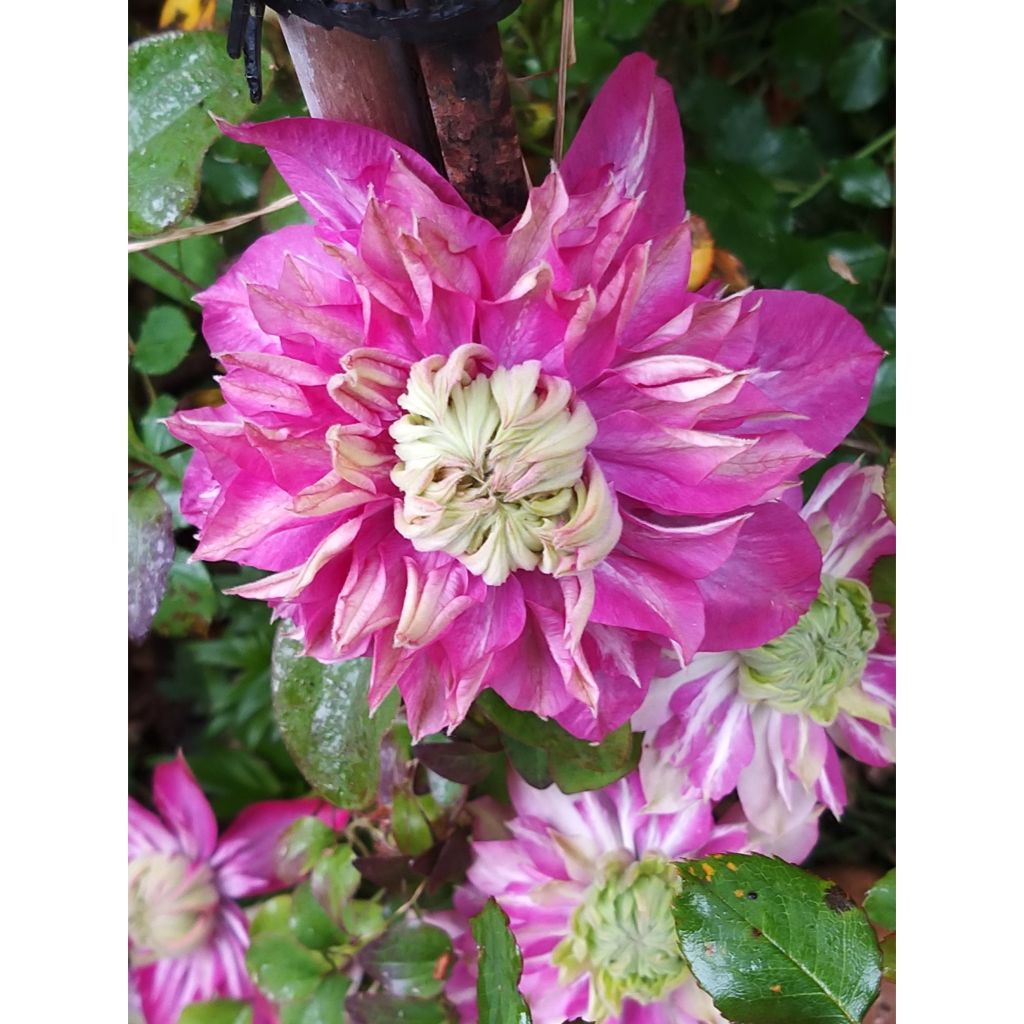

Clematis Kaiser
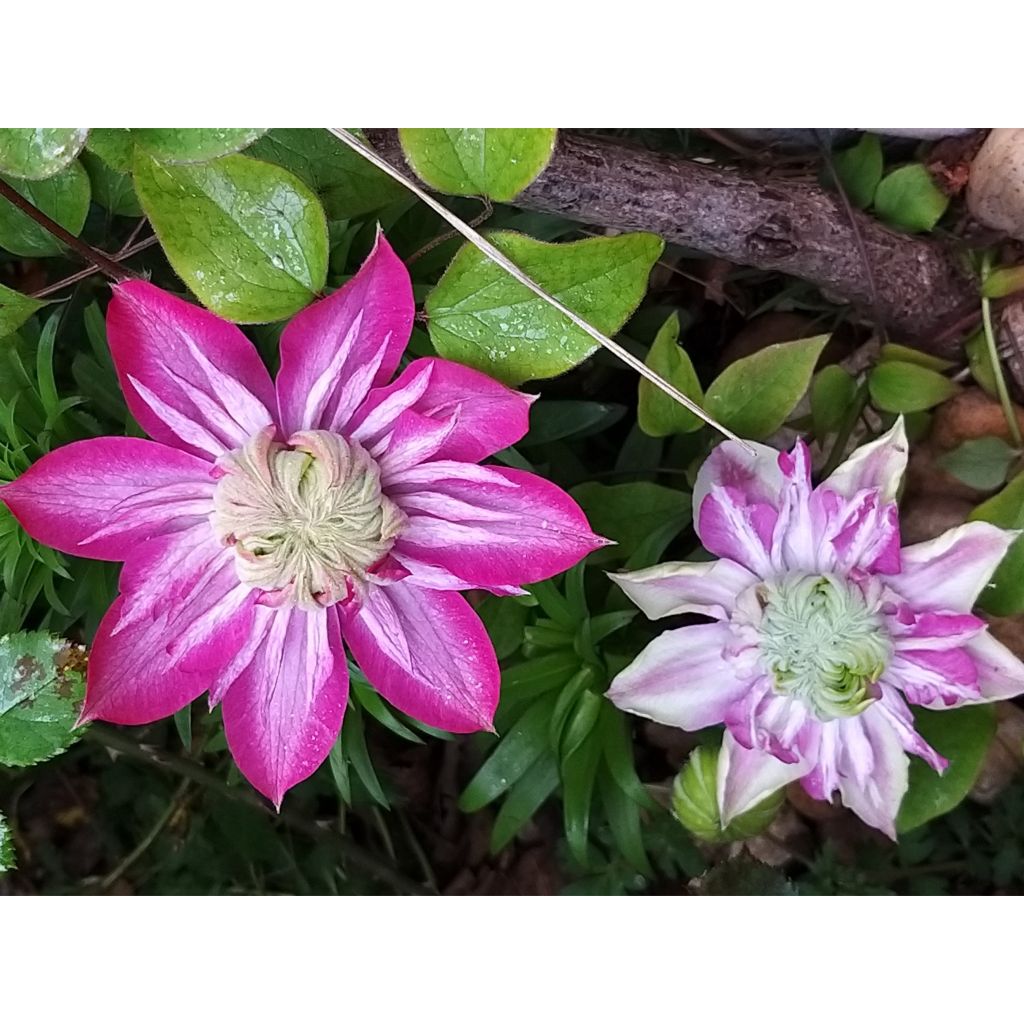

Clematis Kaiser
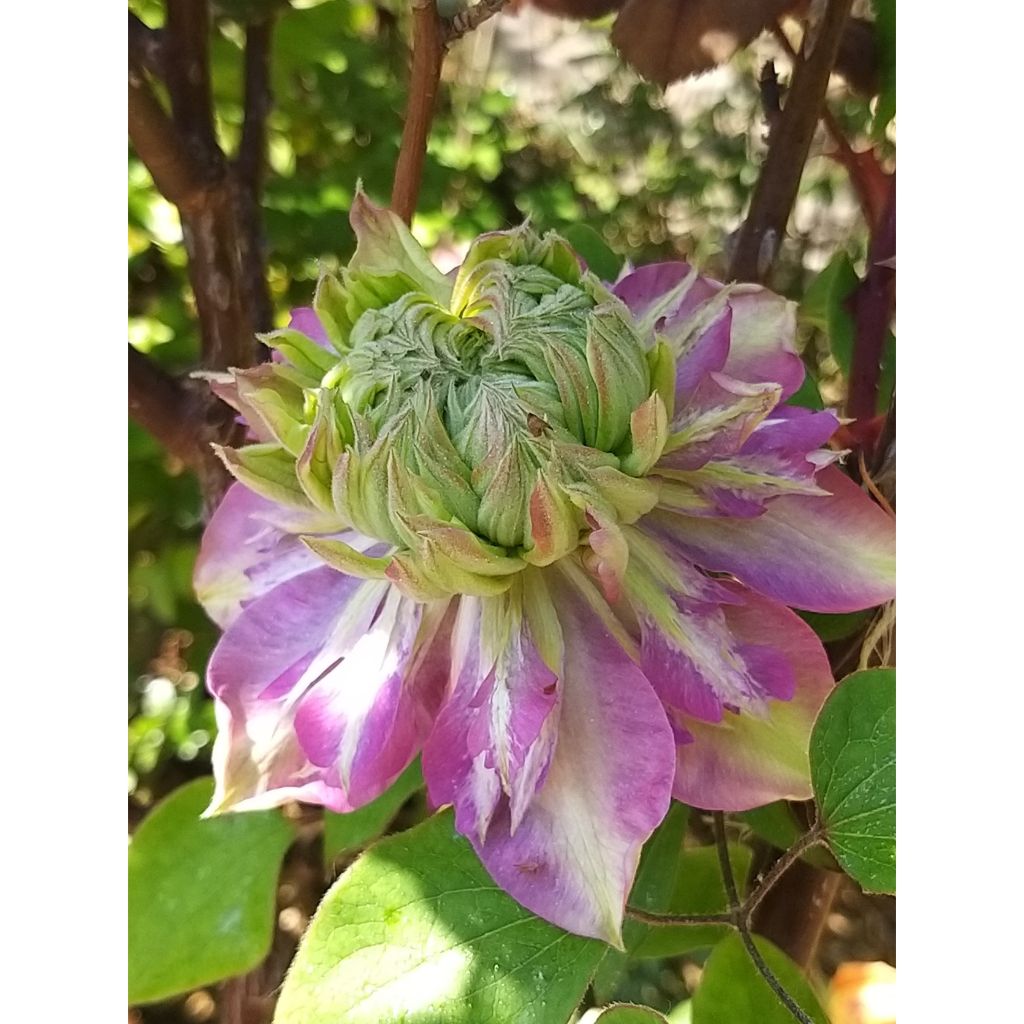

Clematis Kaiser
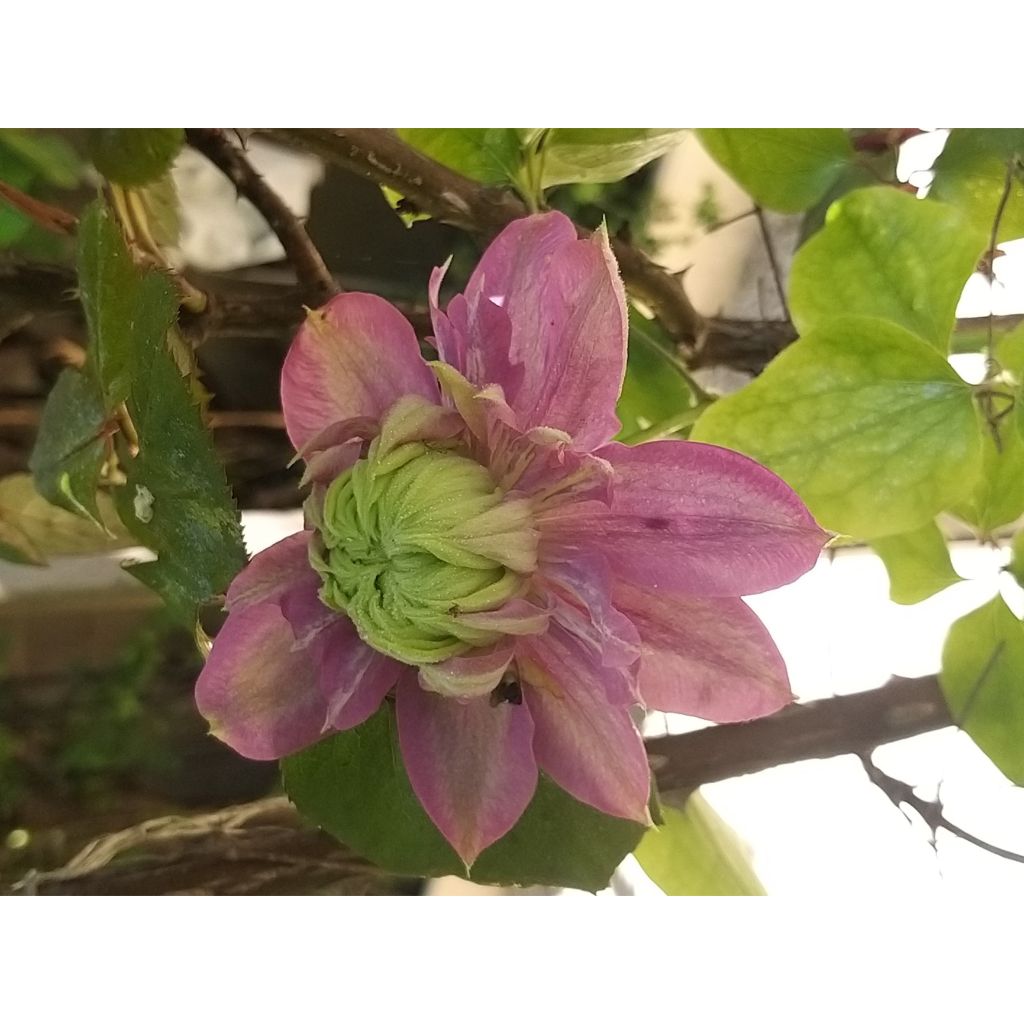

Clematis Kaiser


Clematis Kaiser
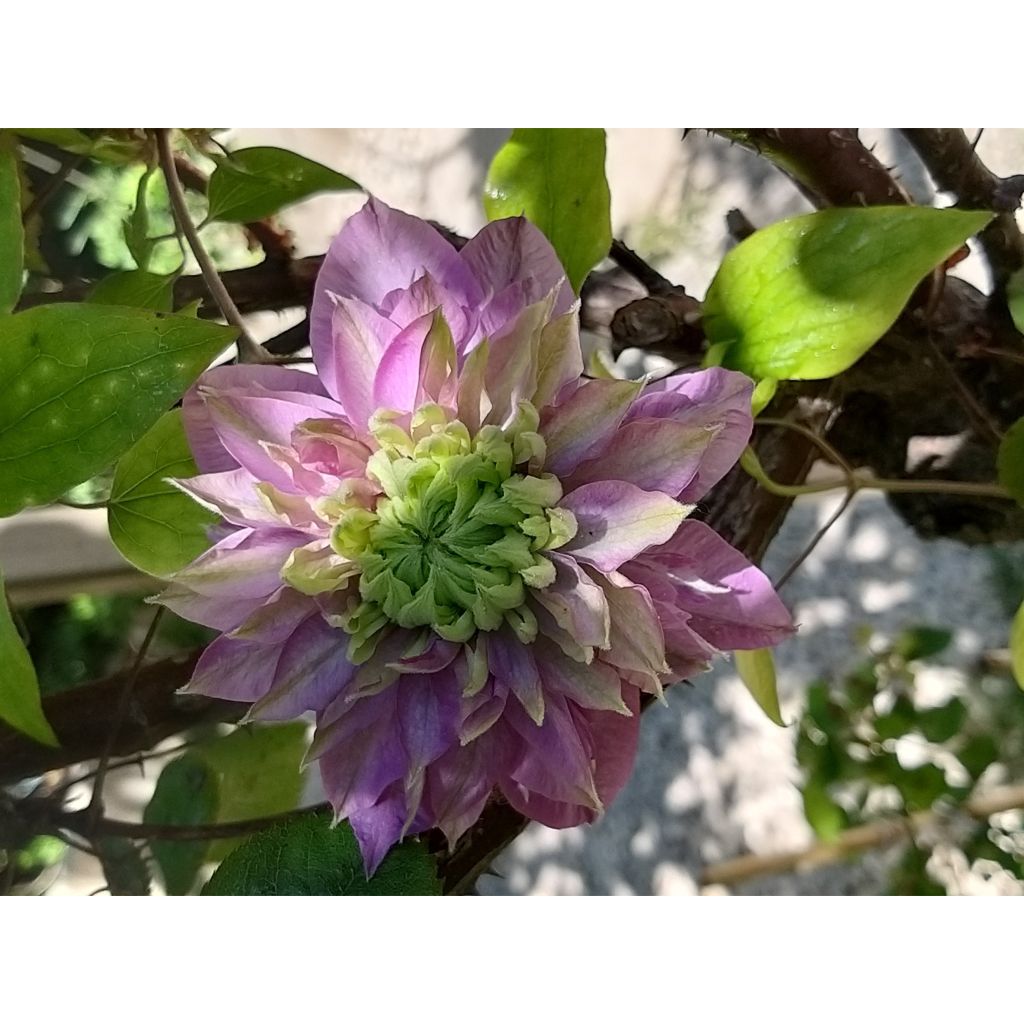

Clematis Kaiser
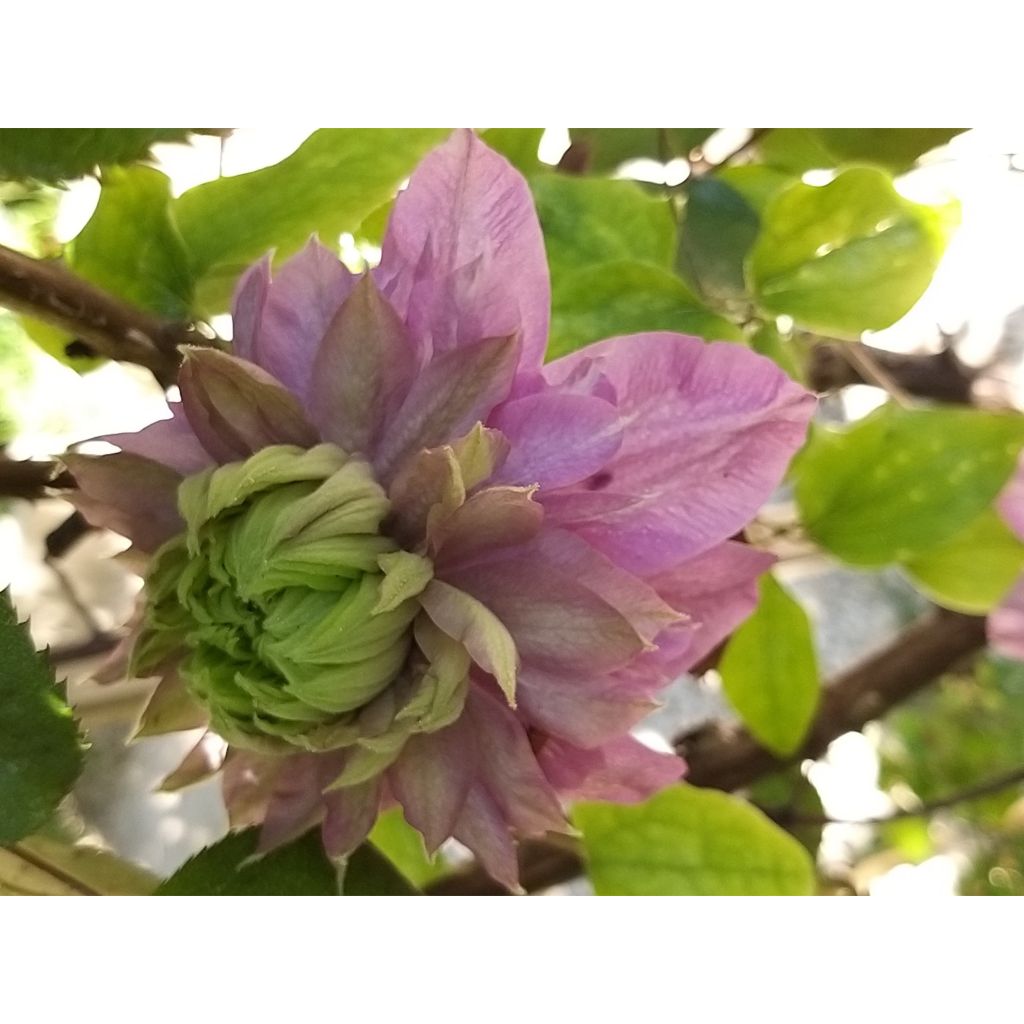

Clematis Kaiser
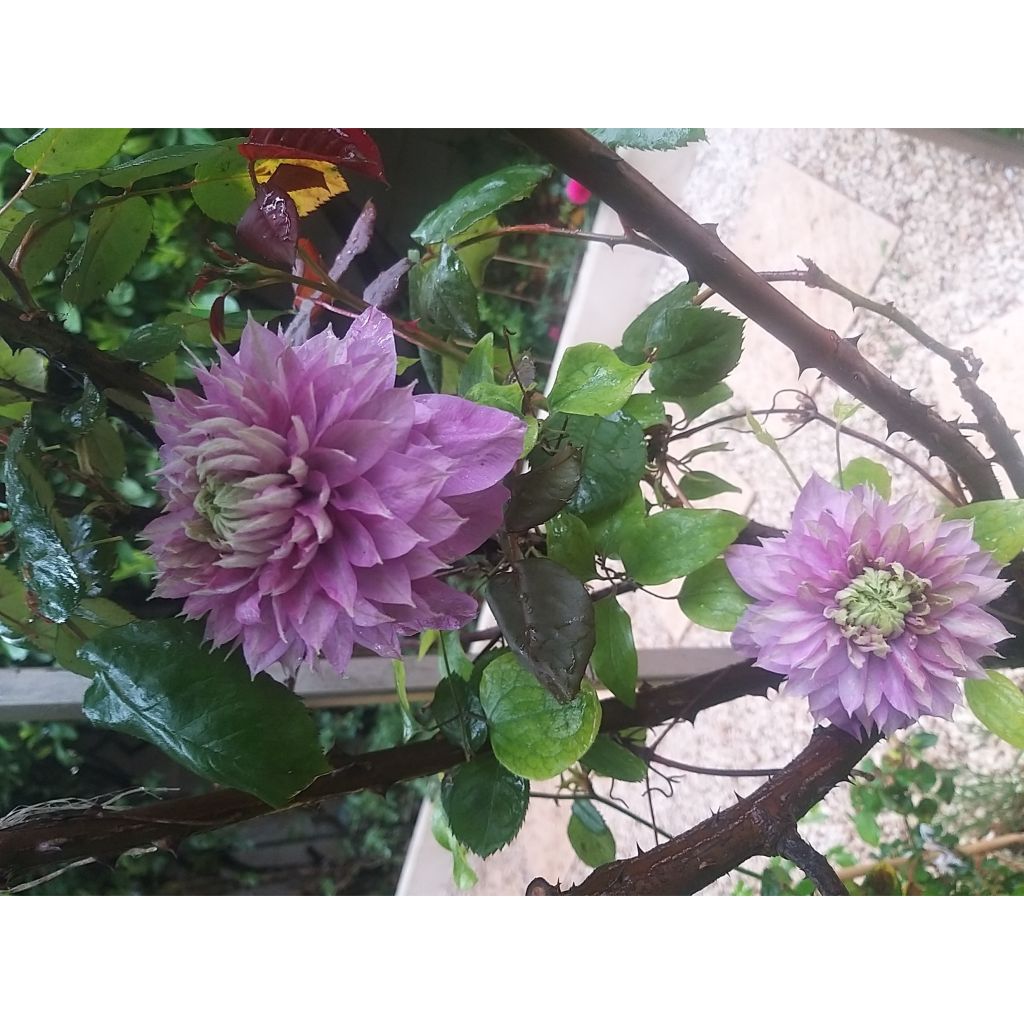

Clematis Kaiser
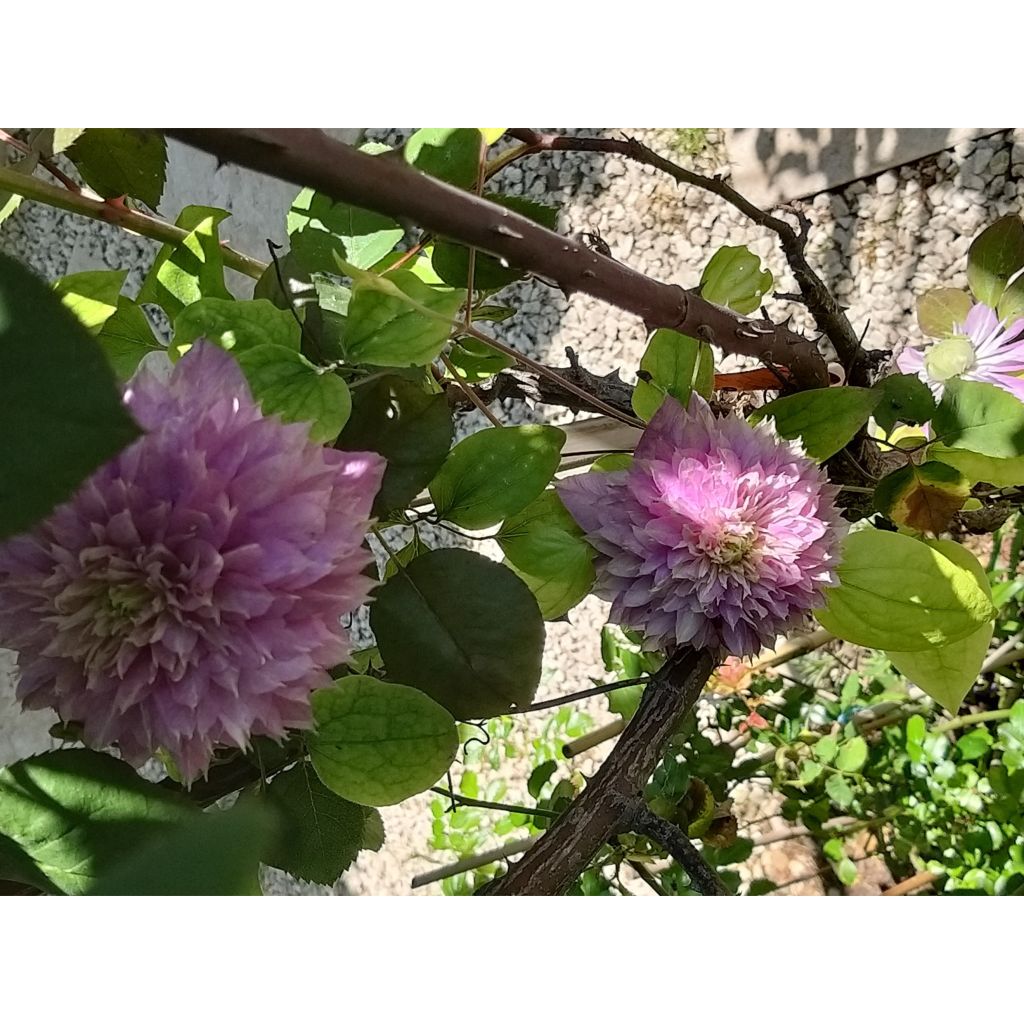

Clematis Kaiser
View more pictures
Hide images
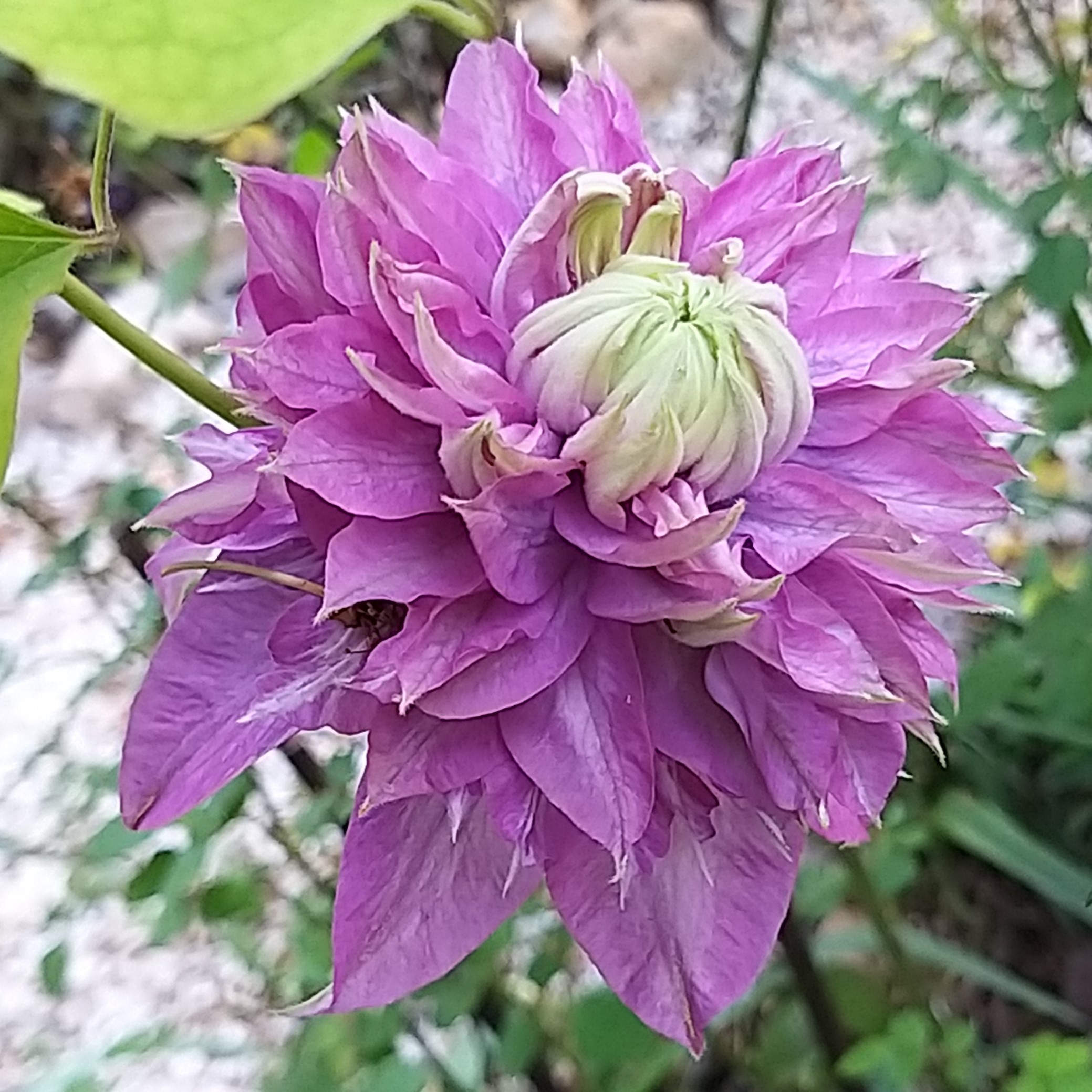
Thierry P.

April flowering - image 34
Thierry P. • 84 FR

Thierry P.

No text to translate.
Thierry P. • 84 FR
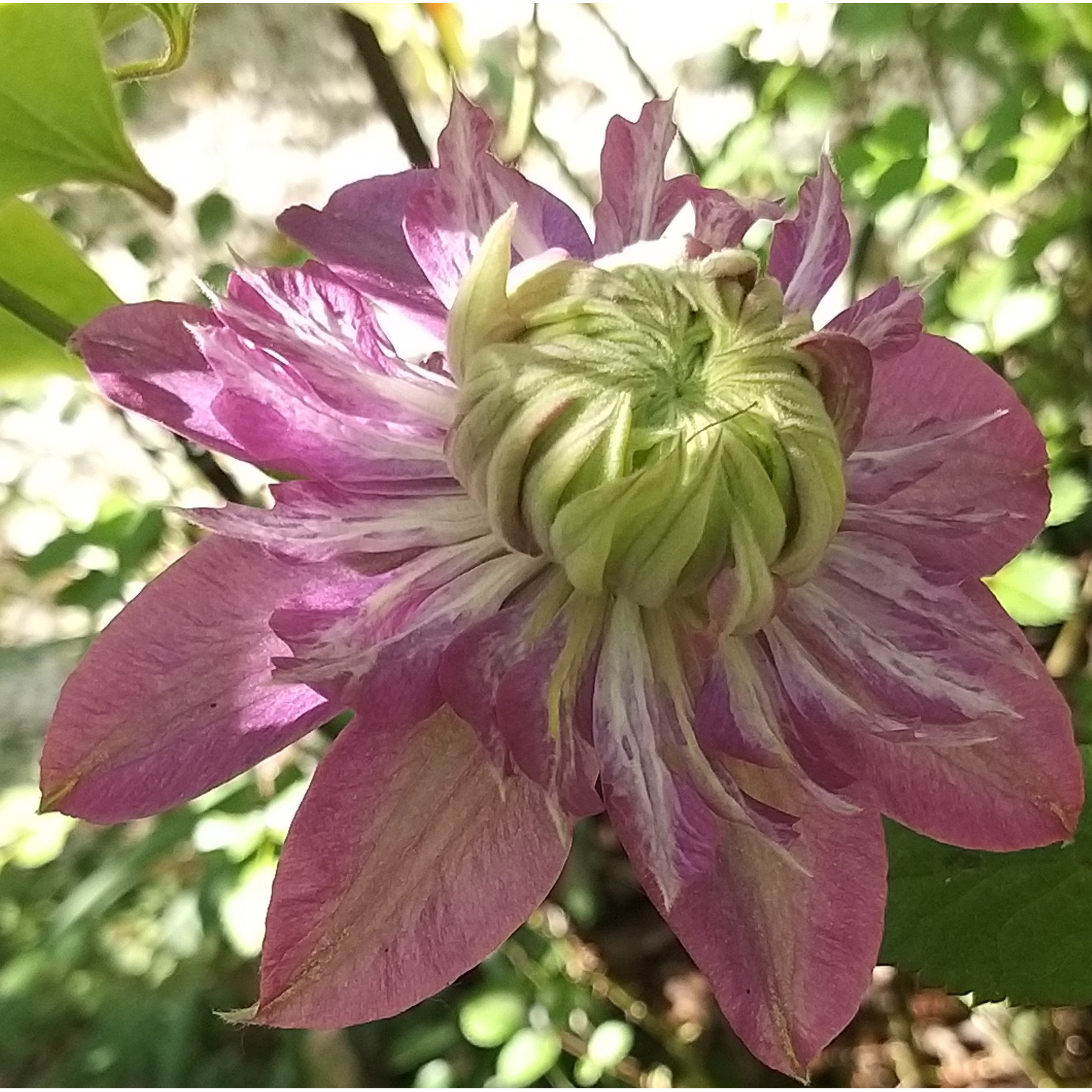
Thierry P.

April flowering - image 31
Thierry P. • 84 FR

Thierry P.

April flowering - image 30
Thierry P. • 84 FR
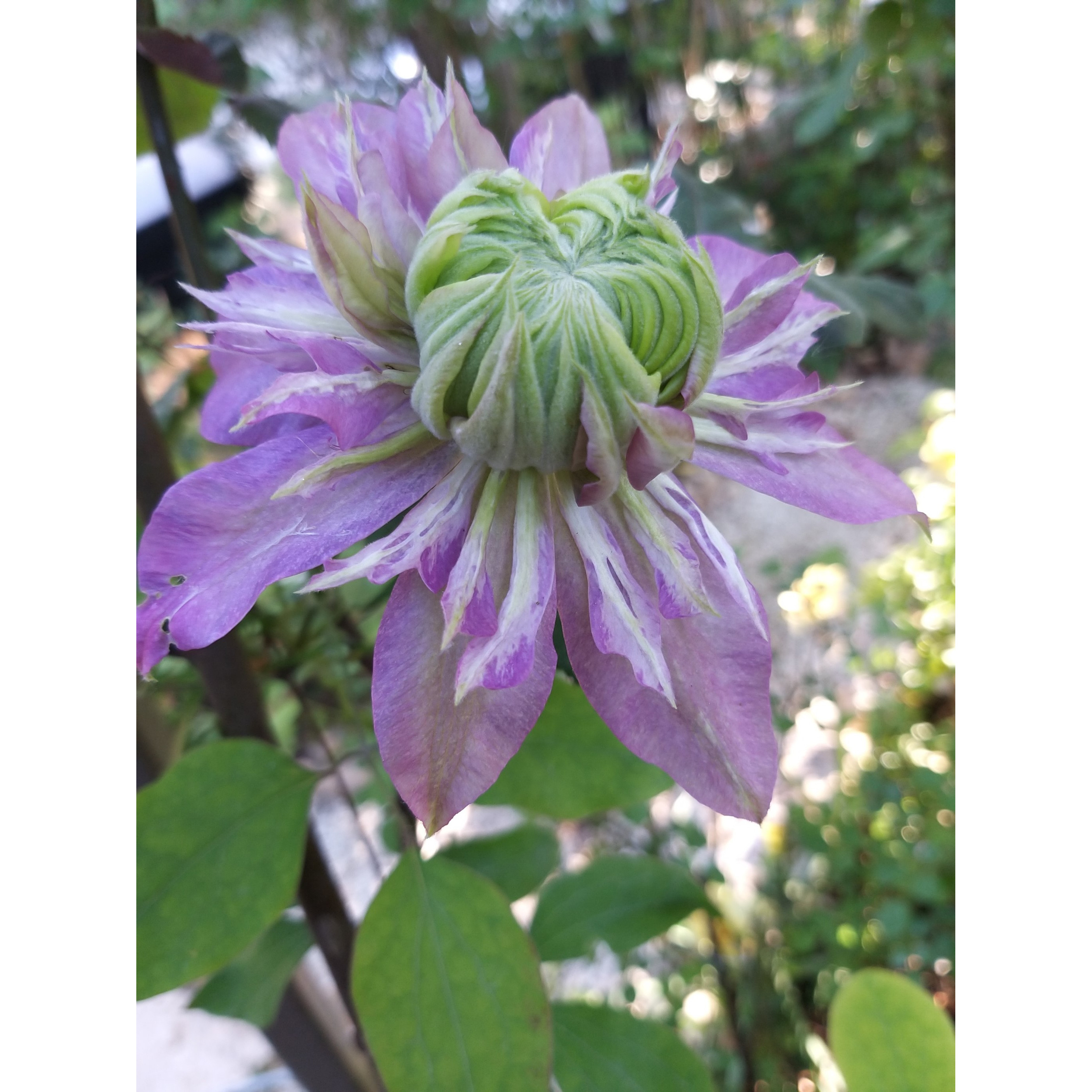
Thierry P.

April flowering - image 26
Thierry P. • 84 FR
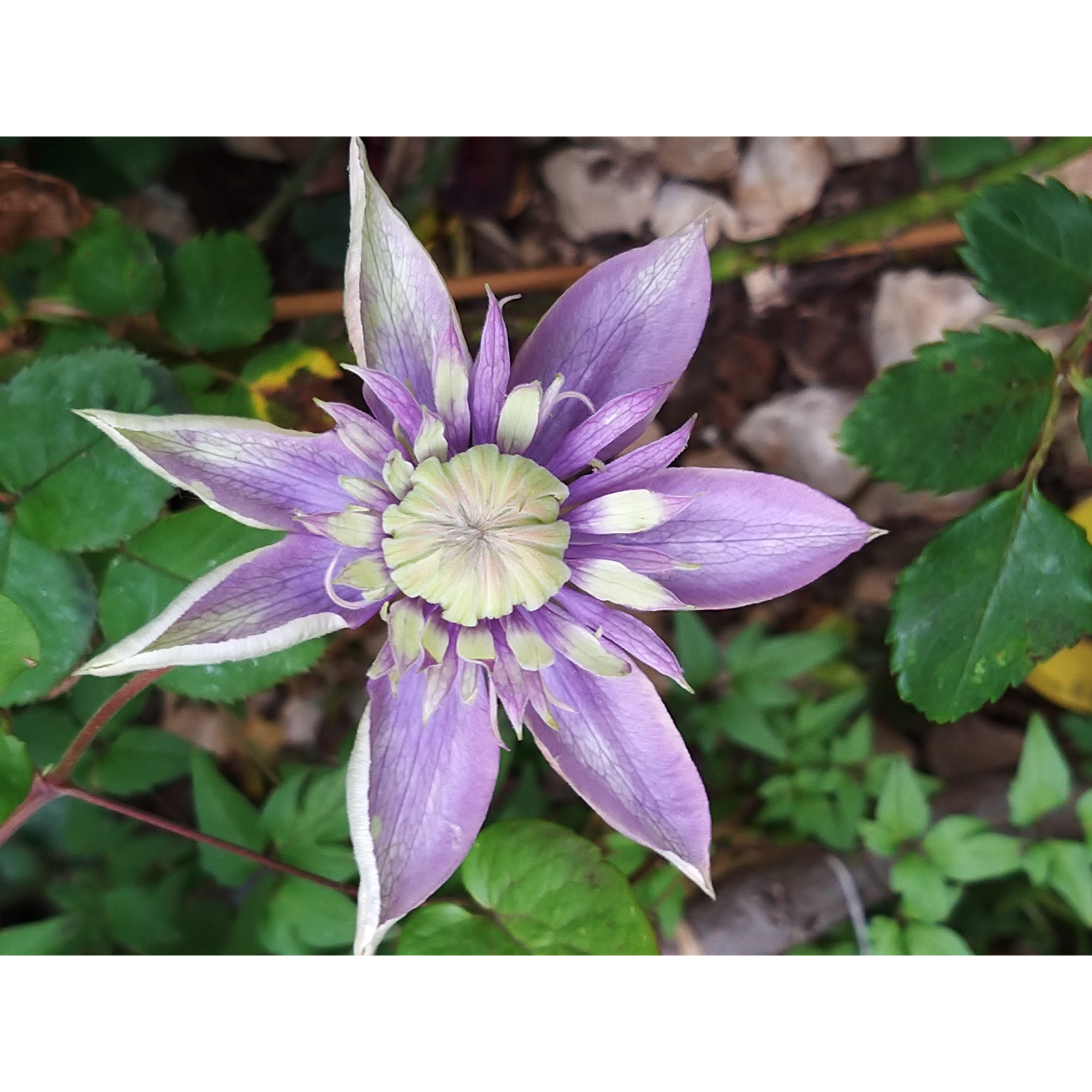
Thierry P.

No text to translate.
Thierry P. • 84 FR
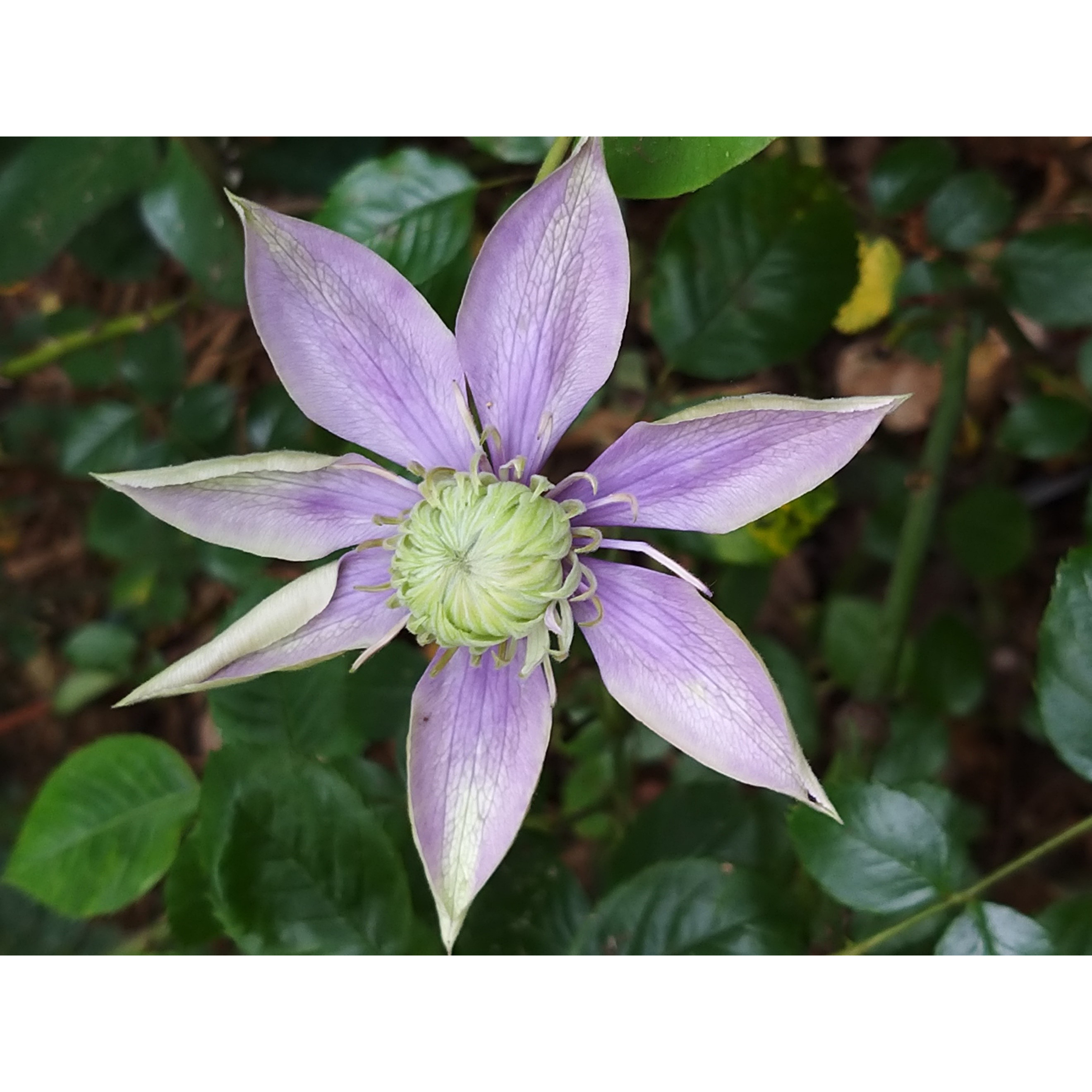
Thierry P.

No text to translate.
Thierry P. • 84 FR
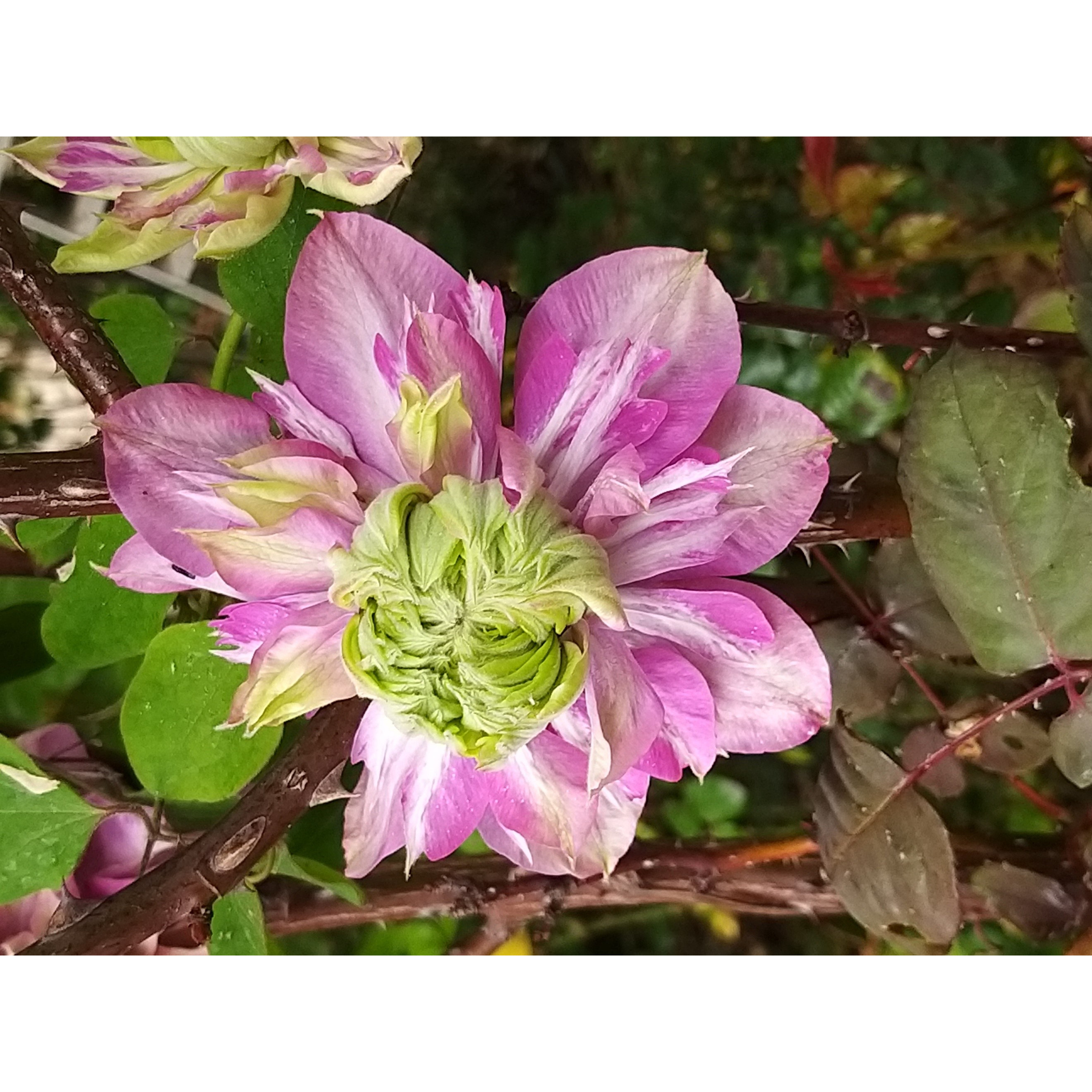
Thierry P.

No text to translate.
Thierry P. • 84 FR
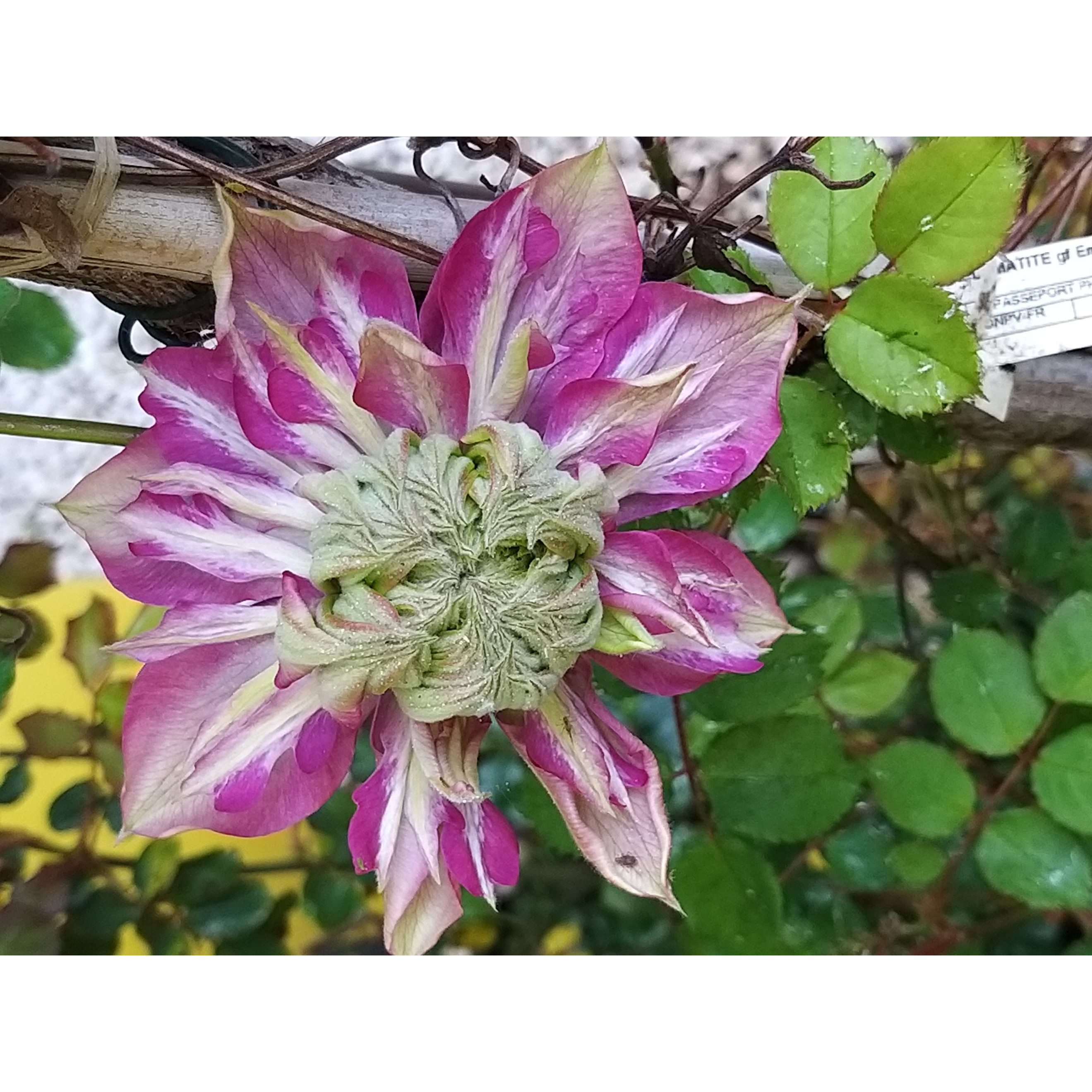
Thierry P.

April flowering - image 7
Thierry P. • 84 FR
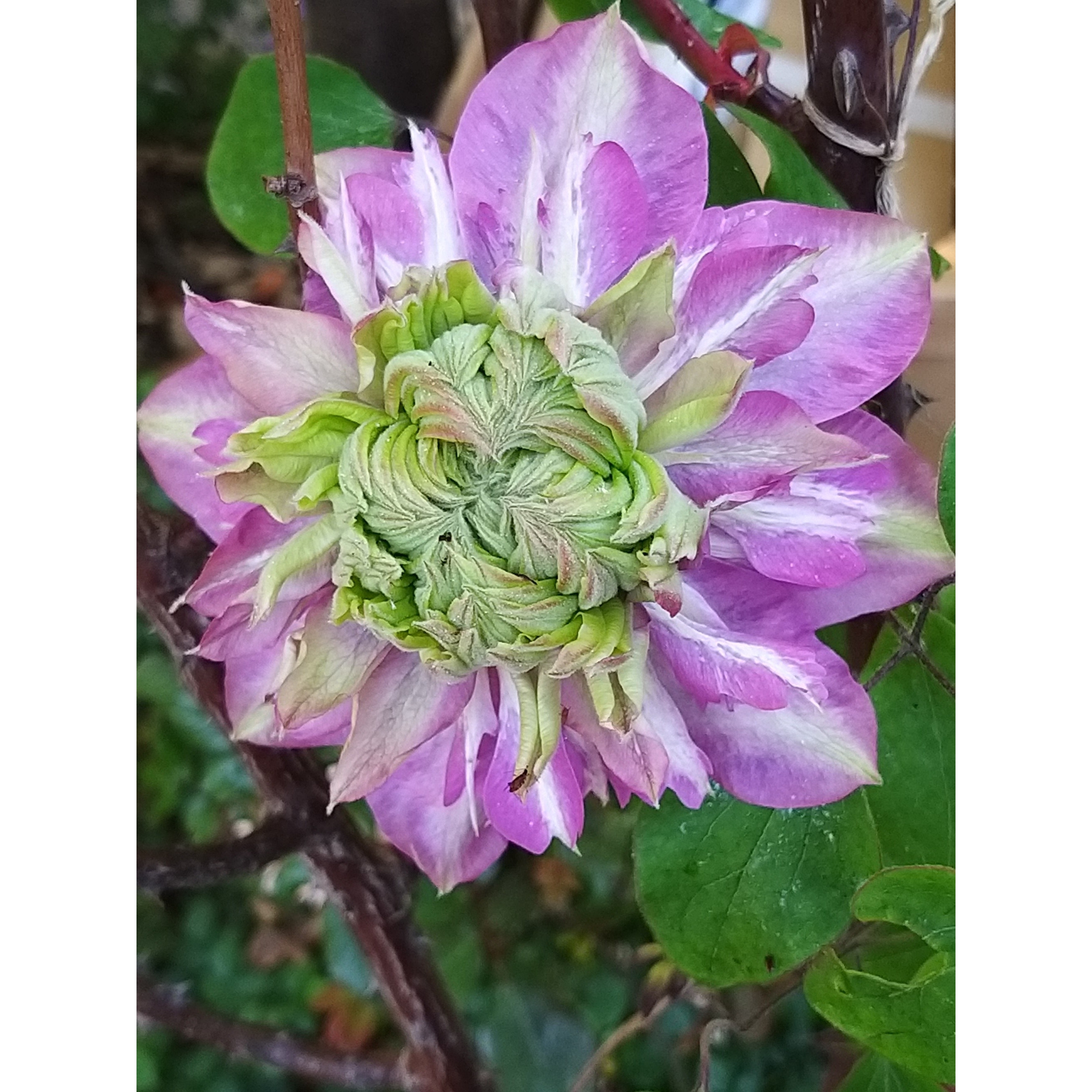
Thierry P.

No text to translate.
Thierry P. • 84 FR
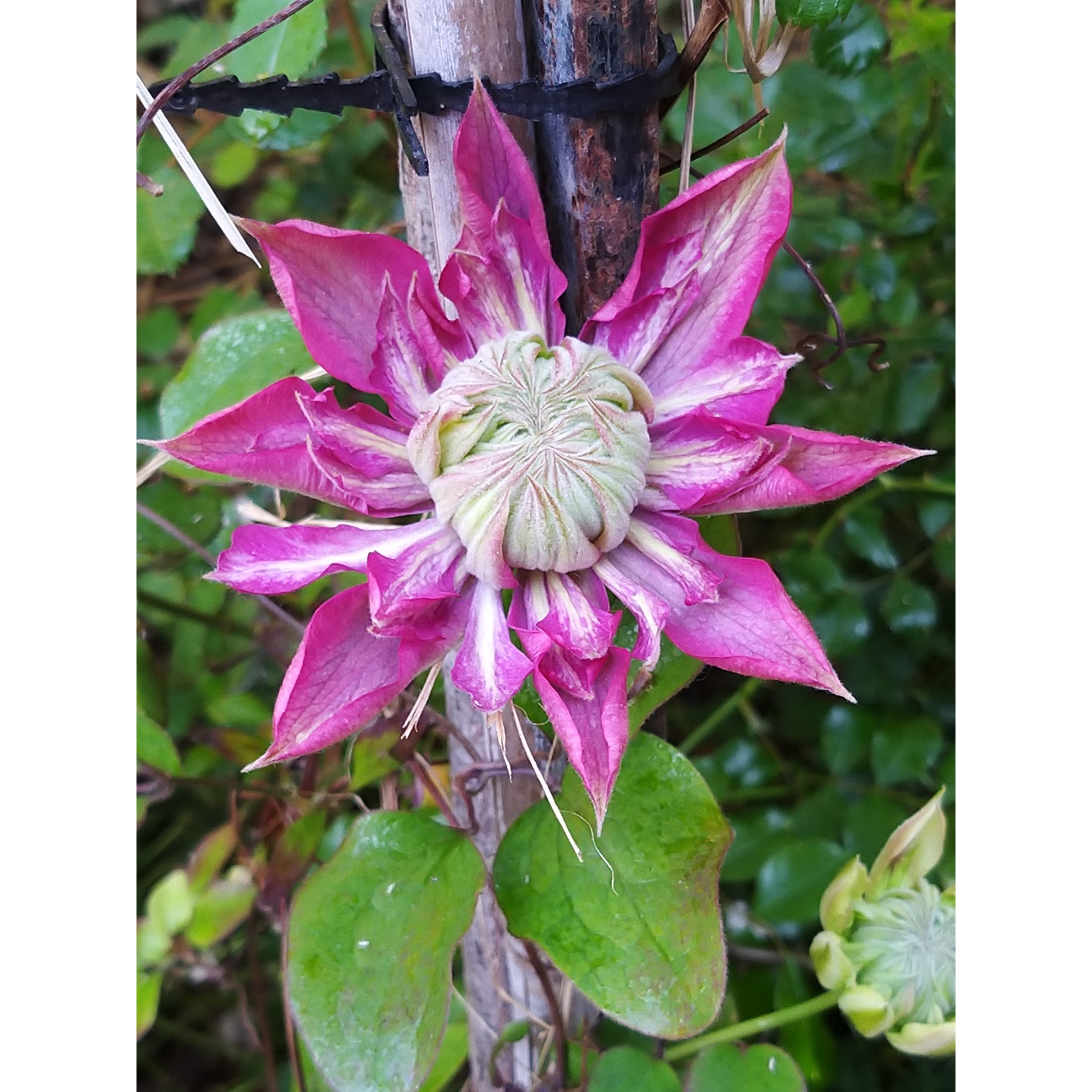
Thierry P.

April flowering - image 4
Thierry P. • 84 FR
Clematis Kaiser
Clematis Kaiser
Old Man's Beard, Traveller's Joy, Virgin's Bower, Clematis
Thanks to Anne-Flore (order preparation & quality control) and the shipping service, the received clematis appears to be healthy. Planted at the base of the standard rose 'Botero', I am now waiting for it to establish itself... This is the opinion of an amateur who has successfully planted over 500 different varieties of roses in his garden (including over 100 old-fashioned and over 100 English AUSTIN and similar varieties).
Thierry, 23/05/2019
Special offer!
Receive a €20 voucher for any order over €90 (excluding delivery costs, credit notes, and plastic-free options)!
1- Add your favorite plants to your cart.
2- Once you have reached €90, confirm your order (you can even choose the delivery date!).
3- As soon as your order is shipped, you will receive an email containing your voucher code, valid for 3 months (90 days).
Your voucher is unique and can only be used once, for any order with a minimum value of €20, excluding delivery costs.
Can be combined with other current offers, non-divisible and non-refundable.
Why not try an alternative variety in stock?
View all →This plant carries a 6 months recovery warranty
More information
We guarantee the quality of our plants for a full growing cycle, and will replace at our expense any plant that fails to recover under normal climatic and planting conditions.
Would this plant suit my garden?
Set up your Plantfit profile →
Description
The 'Kaiser' Clematis is a very recent Japanese variety, arrived in Europe in 2013 via Poland, still almost impossible to find in France. It bears very large intensely double flowers, composed of multiple tepals of a very bright pink, those in the centre, thinner and elliptical, sporting a magenta or even red colour, around a yellow-green heart. This flowering covers a good part of the vegetation in May-June. Charming, this variety prefers full sun where its colour will be richer. Its modest size is particularly suitable for ornamenting an obelisk or a small arch as well as for pot cultivation.
Clematis 'Kaiser' was born in Japan in 2010. This variety belongs, like all clematis, to the buttercup family, and is part of the group of hybrids that flower in summer on the curret year's shoots. It is a semi-woody and climbing perennial plant, which will not exceed 1.50 m (5ft) in height, with a spread of 1m² and rapid growth. It produces completely double flowers in May-June, reaching 10 to 14 cm (4 to 6in) in diameter. Their originality lies in the fact that the heart of the flower, occupied by stamens transformed into fusiform petals, becomes fuller as the flower matures, eventually revealing a greenish heart with yellow stamens. The colour of these flowers is more or less intense pink, depending on the temperature and sunshine. They cover the entire vegetation from 20 or 30 cm (8 or 12in) high to the top. The deciduous foliage is composed of small, opposite, dark green leaves, divided into at least 3 leaflets. This clematis appreciates sunny exposures and fresh soils. The plant clings to the support on its own through petioles transformed into tendrils.
Plant your clematis alongside your climbing roses to extend the flowering of your walls and pergolas until the end of summer. It is a diverse genus, with flowers in all colours, shapes, and sizes. Take advantage of their easy cultivation to give your garden a romantic and bohemian touch. 'Kaiser' is easily grown in the garden, welcoming morning glories and sweet peas on its branches for a season. Despite its modest size, it will be admired when placed in a beautiful jar, reigning over a balcony or next to an entrance door, welcoming visitors with its stunning flowering.
Clematis Kaiser in pictures
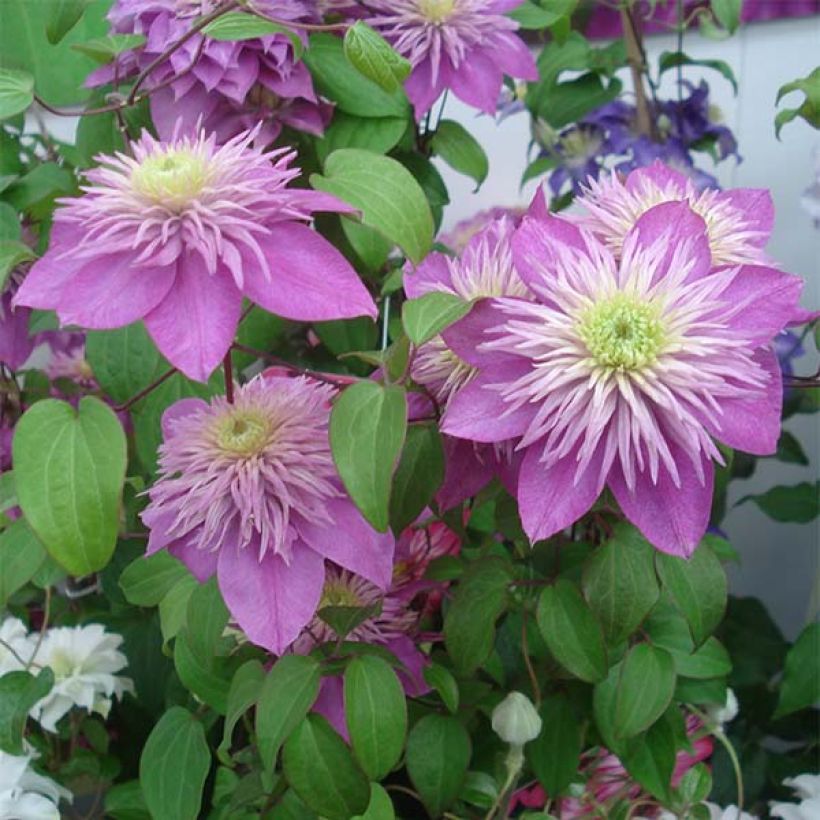

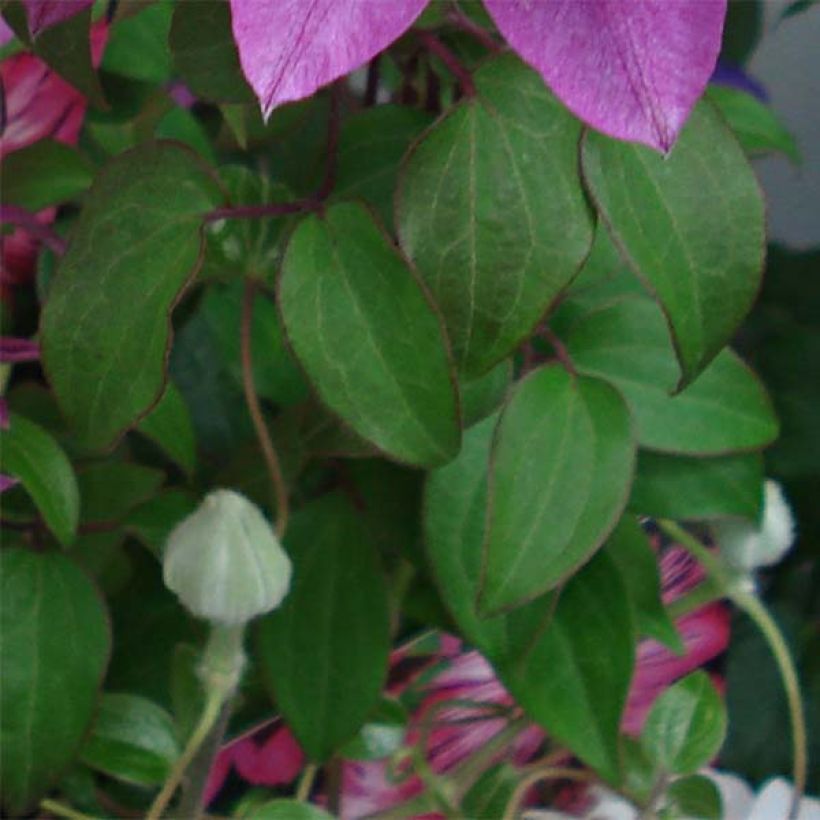

Plant habit
Flowering
Foliage
Botanical data
Clematis
Kaiser
Ranunculaceae
Old Man's Beard, Traveller's Joy, Virgin's Bower, Clematis
Cultivar or hybrid
Other Clematis Viticella
View all →Planting and care
Plant the 'Kaiser' clematis in the sun, in a fertile, humus-rich, well-drained soil, shading the roots and base of the stem (with a flat tile for example). Herbaceous species prefer full sun and wilt in soil that is too wet. Clematis should be planted at an angle, with the root ball almost horizontal and oriented towards its support. Cover the root ball with 3 cm (1in) of soil, in a 20 cm (8in) hole of worked soil, lightened with good compost. During the first few weeks, water regularly but be careful of stagnant water, as it can cause collar rot. Cover the base of climbing clematis with a small mound of soil, reducing the risk of wilting while promoting vigorous shoots from the stump. After planting, prune the stems of deciduous climbing clematis to about 30 cm (12in) above a nice pair of buds. Mulch in February with garden compost or well-decomposed manure, avoiding direct contact with the stems. Train the stems, without squeezing them, until the plant can grip by itself. Clematis also like to grow freely on neighboring plants.
Voles and grey worms can attack clematis and devour the stems. Aphids and greenhouse whiteflies are also potential parasites.
Planting period
Intended location
Care
Planting & care advice
-
, onOrder confirmed
Reply from on Promesse de fleurs
Similar products
Haven't found what you were looking for?
Hardiness is the lowest winter temperature a plant can endure without suffering serious damage or even dying. However, hardiness is affected by location (a sheltered area, such as a patio), protection (winter cover) and soil type (hardiness is improved by well-drained soil).

Photo Sharing Terms & Conditions
In order to encourage gardeners to interact and share their experiences, Promesse de fleurs offers various media enabling content to be uploaded onto its Site - in particular via the ‘Photo sharing’ module.
The User agrees to refrain from:
- Posting any content that is illegal, prejudicial, insulting, racist, inciteful to hatred, revisionist, contrary to public decency, that infringes on privacy or on the privacy rights of third parties, in particular the publicity rights of persons and goods, intellectual property rights, or the right to privacy.
- Submitting content on behalf of a third party;
- Impersonate the identity of a third party and/or publish any personal information about a third party;
In general, the User undertakes to refrain from any unethical behaviour.
All Content (in particular text, comments, files, images, photos, videos, creative works, etc.), which may be subject to property or intellectual property rights, image or other private rights, shall remain the property of the User, subject to the limited rights granted by the terms of the licence granted by Promesse de fleurs as stated below. Users are at liberty to publish or not to publish such Content on the Site, notably via the ‘Photo Sharing’ facility, and accept that this Content shall be made public and freely accessible, notably on the Internet.
Users further acknowledge, undertake to have ,and guarantee that they hold all necessary rights and permissions to publish such material on the Site, in particular with regard to the legislation in force pertaining to any privacy, property, intellectual property, image, or contractual rights, or rights of any other nature. By publishing such Content on the Site, Users acknowledge accepting full liability as publishers of the Content within the meaning of the law, and grant Promesse de fleurs, free of charge, an inclusive, worldwide licence for the said Content for the entire duration of its publication, including all reproduction, representation, up/downloading, displaying, performing, transmission, and storage rights.
Users also grant permission for their name to be linked to the Content and accept that this link may not always be made available.
By engaging in posting material, Users consent to their Content becoming automatically accessible on the Internet, in particular on other sites and/or blogs and/or web pages of the Promesse de fleurs site, including in particular social pages and the Promesse de fleurs catalogue.
Users may secure the removal of entrusted content free of charge by issuing a simple request via our contact form.
The flowering period indicated on our website applies to countries and regions located in USDA zone 8 (France, the United Kingdom, Ireland, the Netherlands, etc.)
It will vary according to where you live:
- In zones 9 to 10 (Italy, Spain, Greece, etc.), flowering will occur about 2 to 4 weeks earlier.
- In zones 6 to 7 (Germany, Poland, Slovenia, and lower mountainous regions), flowering will be delayed by 2 to 3 weeks.
- In zone 5 (Central Europe, Scandinavia), blooming will be delayed by 3 to 5 weeks.
In temperate climates, pruning of spring-flowering shrubs (forsythia, spireas, etc.) should be done just after flowering.
Pruning of summer-flowering shrubs (Indian Lilac, Perovskia, etc.) can be done in winter or spring.
In cold regions as well as with frost-sensitive plants, avoid pruning too early when severe frosts may still occur.
The planting period indicated on our website applies to countries and regions located in USDA zone 8 (France, United Kingdom, Ireland, Netherlands).
It will vary according to where you live:
- In Mediterranean zones (Marseille, Madrid, Milan, etc.), autumn and winter are the best planting periods.
- In continental zones (Strasbourg, Munich, Vienna, etc.), delay planting by 2 to 3 weeks in spring and bring it forward by 2 to 4 weeks in autumn.
- In mountainous regions (the Alps, Pyrenees, Carpathians, etc.), it is best to plant in late spring (May-June) or late summer (August-September).
The harvesting period indicated on our website applies to countries and regions in USDA zone 8 (France, England, Ireland, the Netherlands).
In colder areas (Scandinavia, Poland, Austria...) fruit and vegetable harvests are likely to be delayed by 3-4 weeks.
In warmer areas (Italy, Spain, Greece, etc.), harvesting will probably take place earlier, depending on weather conditions.
The sowing periods indicated on our website apply to countries and regions within USDA Zone 8 (France, UK, Ireland, Netherlands).
In colder areas (Scandinavia, Poland, Austria...), delay any outdoor sowing by 3-4 weeks, or sow under glass.
In warmer climes (Italy, Spain, Greece, etc.), bring outdoor sowing forward by a few weeks.






























